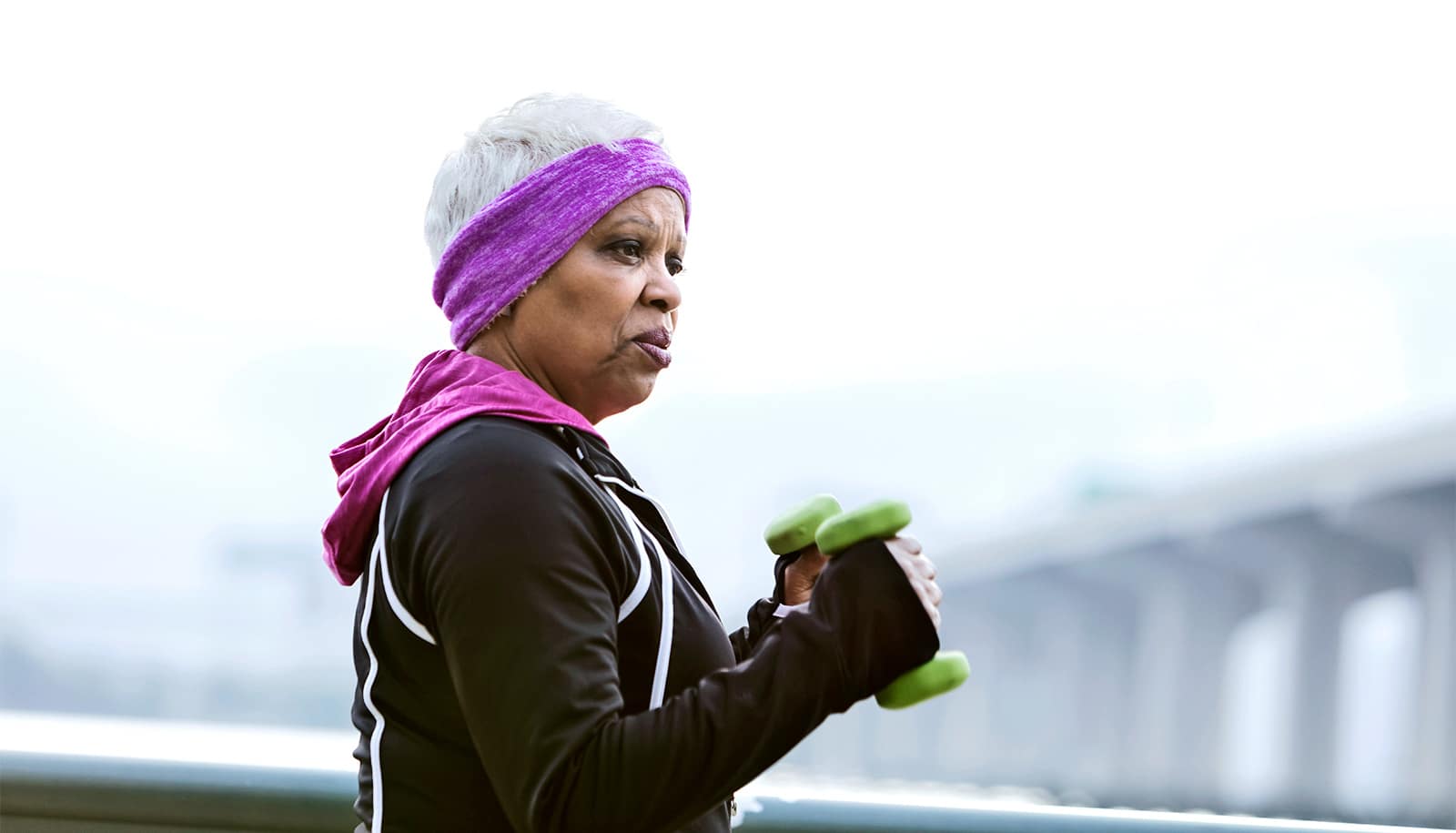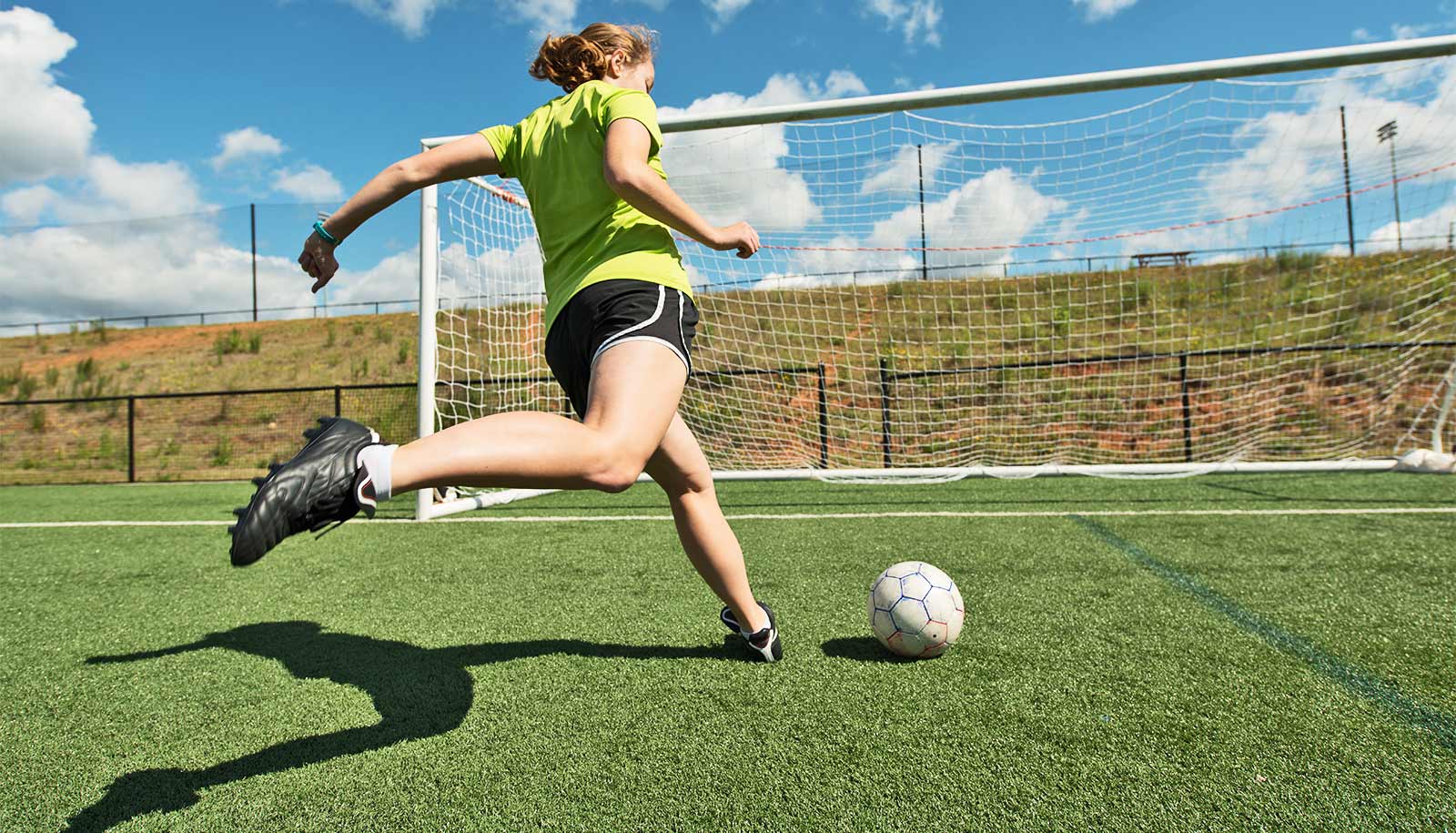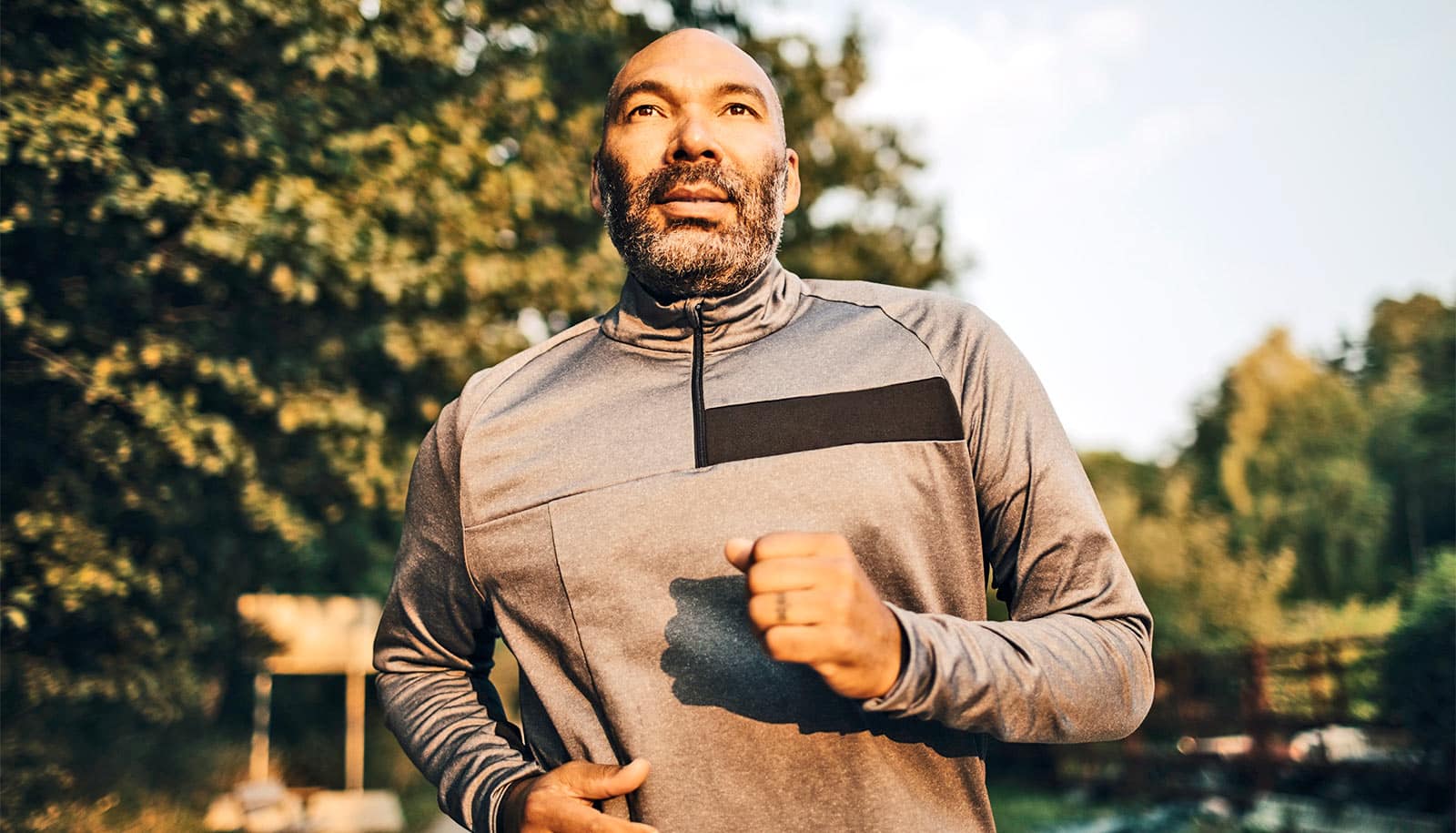The allure of high-intensity interval training is simple—go all-out for as little as one minute and reap the benefits of a 45 or 60-minute workout. With a promise like that, it is easy to understand why people are willing to try it.
But the promise comes with a catch. The entire premise of high-intensity training guarantees a level of displeasure.
“The message of ‘squeezing it in’ perpetuates the idea that exercise is a chore.”
“If you can take an hour of exercise and squeeze it into one minute, there’s a price to pay,” says Panteleimon “Paddy” Ekkekakis, a professor of kinesiology at Iowa State University. “The price is 100 percent intensity. It’s undeniable that the experience will be unpleasant.”
As high-intensity interval training, or HIIT, has grown in popularity, so has the debate over whether it is an effective public health solution. Proponents promote it as a way to help inactive people “squeeze in a workout” and boost physical activity.
While lack of time is a popular excuse, it really boils down to behavior and people choosing to spend their free time doing something they enjoy more than exercise. Given that most people don’t adhere to a workout philosophy of “no pain, no gain,” condensing the duration won’t make a difference, Ekkekakis says.
“The message of ‘squeezing it in’ perpetuates the idea that exercise is a chore. We want to break down the association of exercise as punishment, as something unpleasant, something to tolerate, or a bitter pill you have to swallow,” Ekkekakis says. “For example, instead of viewing a bike ride as exercise, we want people to think of it as a chance to enjoy the outdoors or to spend time with family.”
Only 3.2 percent of American adults get a combined 30 minutes of moderate-intensity physical activity at least five days a week, the National Health and Nutrition Examination Survey reports. The survey uses accelerometers, rather than self-reports, to more accurately measure activity. A total of 150 minutes a week is the minimum recommended by the World Health Organization.
The wrong message
Just the thought of exercising for the recommended 30 to 60 minutes a day is enough to keep some people from even trying, Ekkekakis says. HIIT may be a good fit for some people who are young and healthy, but for the majority of the population it’s unpleasant, and therefore not sustainable.
Thinking you’re not fit enough may cut lifespan
For a new study in Psychology of Sport and Exercise, Ekkekakis and Emily Decker measured levels of pleasure and enjoyment during and following two workouts that burned the same number of calories. One workout consisted of high-intensity intervals and the other was a longer, moderate-intensity, continuous exercise routine.
The researchers intentionally recruited people who were inactive and obese, to test if high-intensity exercise is a viable option for the growing number of Americans who are obese and need to move more. The results: people reported greater pleasure and enjoyment with moderate-intensity exercise compared to high-intensity.
“I fear these programs send the wrong public health message,” Ekkekakis says. “The people who can maintain this type of training are a small minority. Most people are overweight, sedentary, and not getting enough activity.
“The only objective that makes sense is to adopt a type and amount of exercise that will help you incorporate exercise into your daily life so you can be active for the rest of your life.”
How to enjoy exercise
It may seem like an oxymoron, but it is possible to enjoy vigorous exercise. How? Start strong and then decrease intensity throughout the workout. Here is what Ekkekakis has learned from his research analyzing two, 15-minute workouts on a recumbent bike:
- Adults who started with a vigorous intensity and ramped down to very low intensity reported increasing pleasure during and after exercise.
- Up to seven days later, those same adults still remembered it as a positive experience and expected to feel good in future workouts.
- Adults who started at very low intensity and ramped up to a vigorous intensity, as people are typically instructed to do, felt progressively worse, perceived the workout as less enjoyable and remembered it as such the next week.
These research results appear in the Journal of Sport & Exercise Psychology.
Source: Iowa State University



